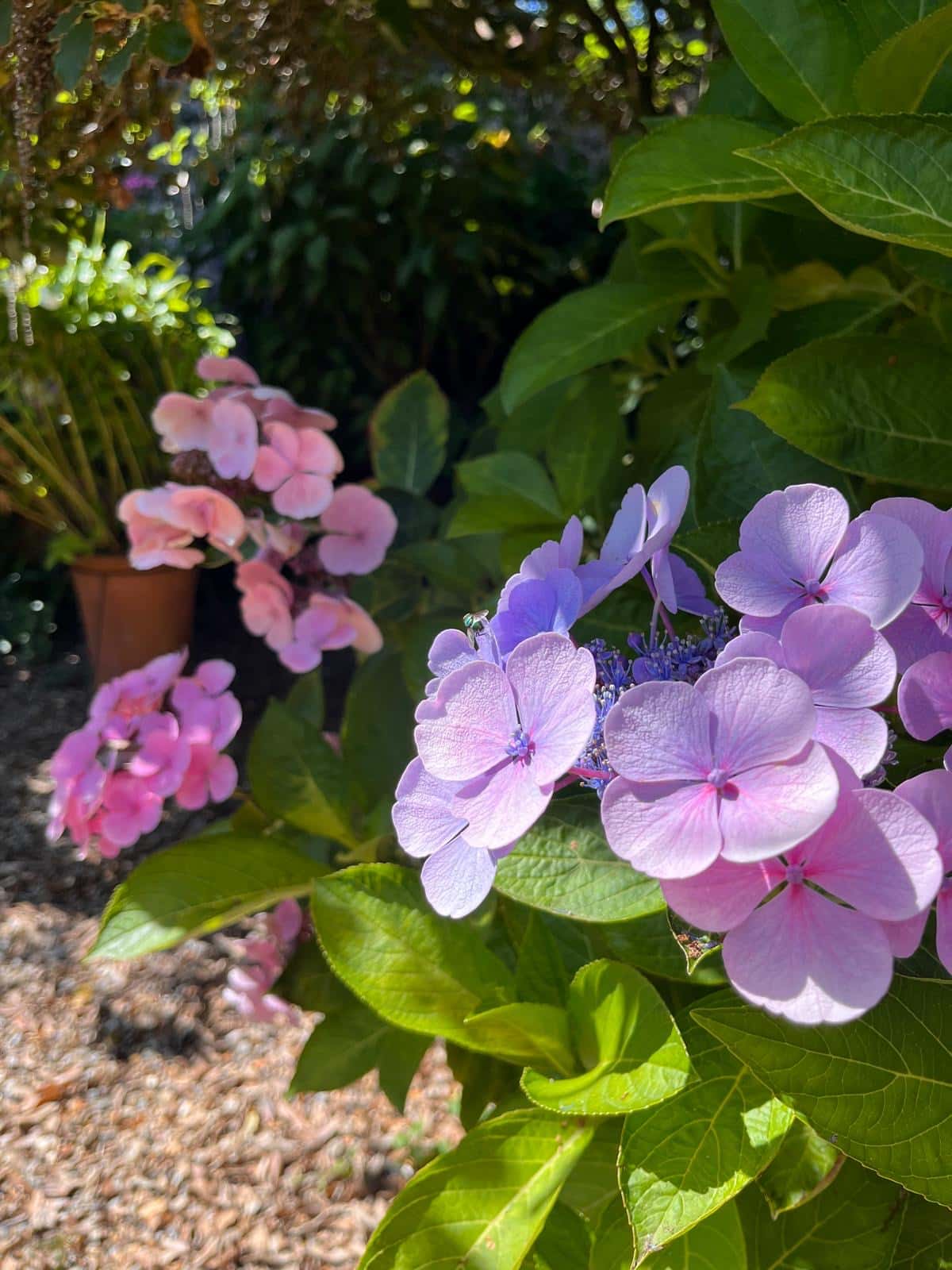
How can you help Wildlife & the ecosytem this spring?
When Spring arrives, our home gardens begin to come alive again as the bleak months of winter end, temperatures rise and the hours of daylight

Now that COP26 has drawn to a close, it might have given you some food for thought about how you can help do your bit to reverse climate change. We all know that something needs to change, but it can be difficult to see how you can make a change as an individual.
Luckily, there is plenty you can do in your garden – and it doesn’t have to cost the earth or take a lot of effort. Read our 6 ways to be a sustainable gardener and do your bit for the planet.
One of the easiest things you can do to be more environmentally-friendly in your garden is to collect rainwater. A 210 litre water butt with a tap can cost as little as £30, and you’ll have a nearly never-ending supply of water to water your garden with without ever using the hosepipe.
You can buy standalone water butts, but the best thing to do to get a constant supply is to connect it to your roof’s downpipe so the water that drains off your roof goes straight into the butt. Simply turn the tap and fill up your watering can!
For years, gardeners have been told to till the soil and dig through to remove weeds and prepare for planting. But recently, organic gardeners have been spreading the word about the no-dig method.
The no-dig method is exactly as it sounds – you don’t dig the soil! Digging disrupts the soil life, including micro-organisms and worms that do so much to feed plant roots, so by leaving it alone you can end up with more thriving plants.
To clear a growing area of weeds or to create a new bed you’ll need lots of organic matter (like PlantGrow), and light-excluding material like cardboard. Lay sheets of the cardboard on the ground until the area is completely covered before adding a deep layer of organic mulch. The cardboard will block out the lights and weaken the weeds over around 6 months, by which time you’ll have rich soil that you can easily pull roots out of.
Companion planting refers to planting plants that need one another together. You’ll see it in forests – plants that depend on each other for survival will grow near each other.
Companion planting keeps the soil healthy as you’ll reduce the space left between plants that can lead to erosion. If you’ve got a garden full of plants, it’ll also stop weeds from growing – which is a welcome side effect for any gardener! A full garden will also attract the much-needed pollinators to come and collect the pollen. You’ll also be able to provide shade and support for other plants; tall plants will support your smaller plants, and trees will help vines to grow without any man-made support.
Every year we see fewer bees, butterflies and other insects in our gardens. The main reason for this is that their habitats are being lost by new building developments. You can help slow and even reverse the decline of bees, hoverflies, moths and many more pollinators by including a range of native, near-native and exotic plants in your garden.
Did you know that some imported flowers have up to ten times the carbon footprint of home- or UK-grown flowers? Grow your own flowers for cutting and arranging in your home, just like our PlantGrow Champion Brigitte does, and you’ll be saving up to 8kg of carbon per bunch – not a small thing if you often buy flowers from the supermarket.
One of the most important things you can do as a gardener to help reduce climate change is to switch to peat-free products. Peatlands are the world’s largest carbon stores and they act as sponges which drastically reduce the risk of flooding. They also provide valuable habitats for lots of different plants and animals.
When peat is removed for our composts and other gardening products, it disturbs the carbon and releases it into the atmosphere. If we kept all the peat in the world in bogs, it would hold more carbon than all the world’s forests put together – which is vital in reducing the risks of climate change.
Luckily, all of PlantGrow’s products are naturally peat, chemical and animal product free. Our patented anaerobic process enables bacteria to rot down crops and create nutrient-rich, fertile material that produces excellent results in your garden. Gardeners that use PlantGrow report higher yields of fruit and vegetables and longer-flowering plants and blooms, all with 100% natural products that leave no trace on the environment.
Whether you decide to try some or all of these tips for being more sustainable in the garden, you’ll be making a difference – and if everyone does their bit, we can help reverse climate change.

When Spring arrives, our home gardens begin to come alive again as the bleak months of winter end, temperatures rise and the hours of daylight

Our new Champions will be flying the flag for PlantGrow this year and all things natural. We have selected a varied group of individuals from
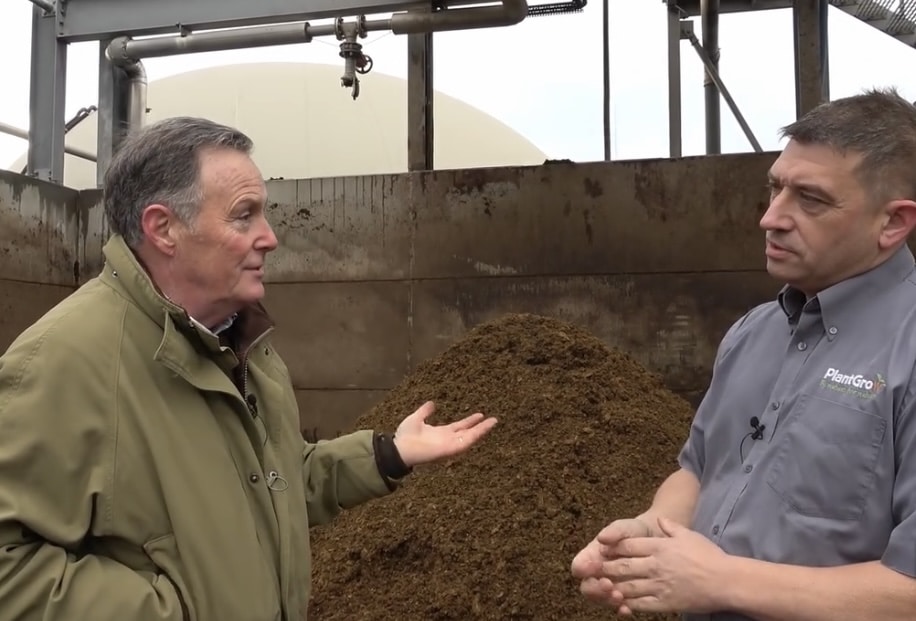
2025 is promising to be a busy year once again for us at PlantGrow with new brand ambassadors and a new list of ‘Champions’ who
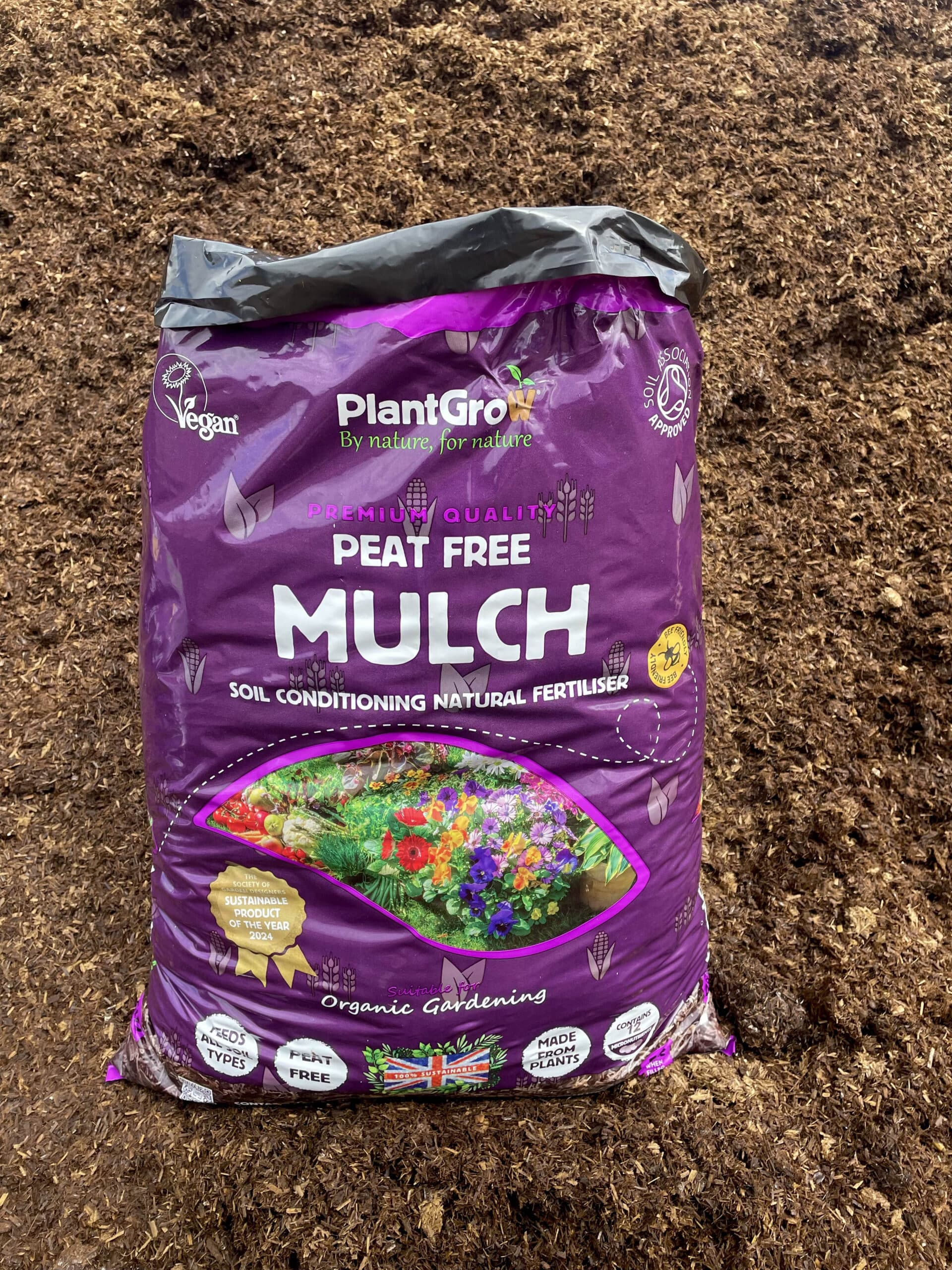
November 2024 Award-winning & market leading PlantGrow Organic Mulch will soon be available in 50-litre size bags for garden centres. Their signature natural fertiliser product
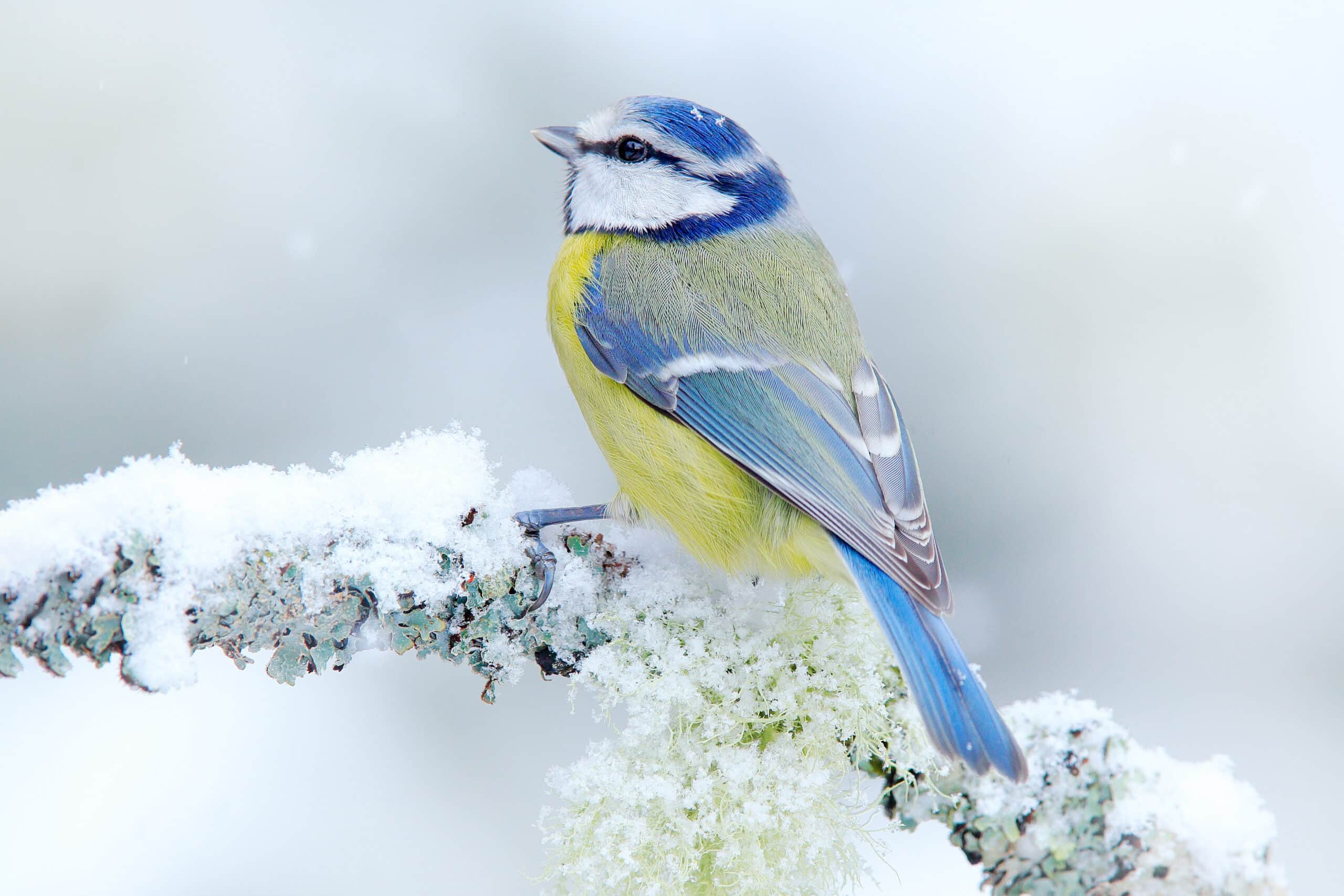
Late Autumn and the onset of Winter will trigger a notable change to the abundance, behaviour and physical state of life within our gardens. With
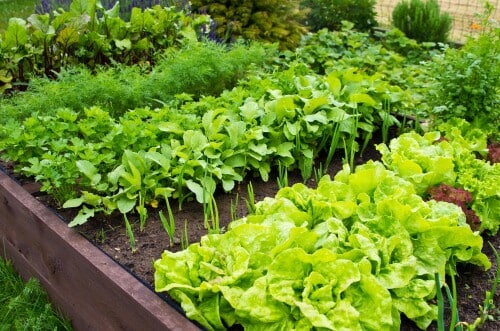
Why do you need to add PlantGrow mulch this Autumn? Mulching or topdressing is needed for a number of reasons as it is beneficial for
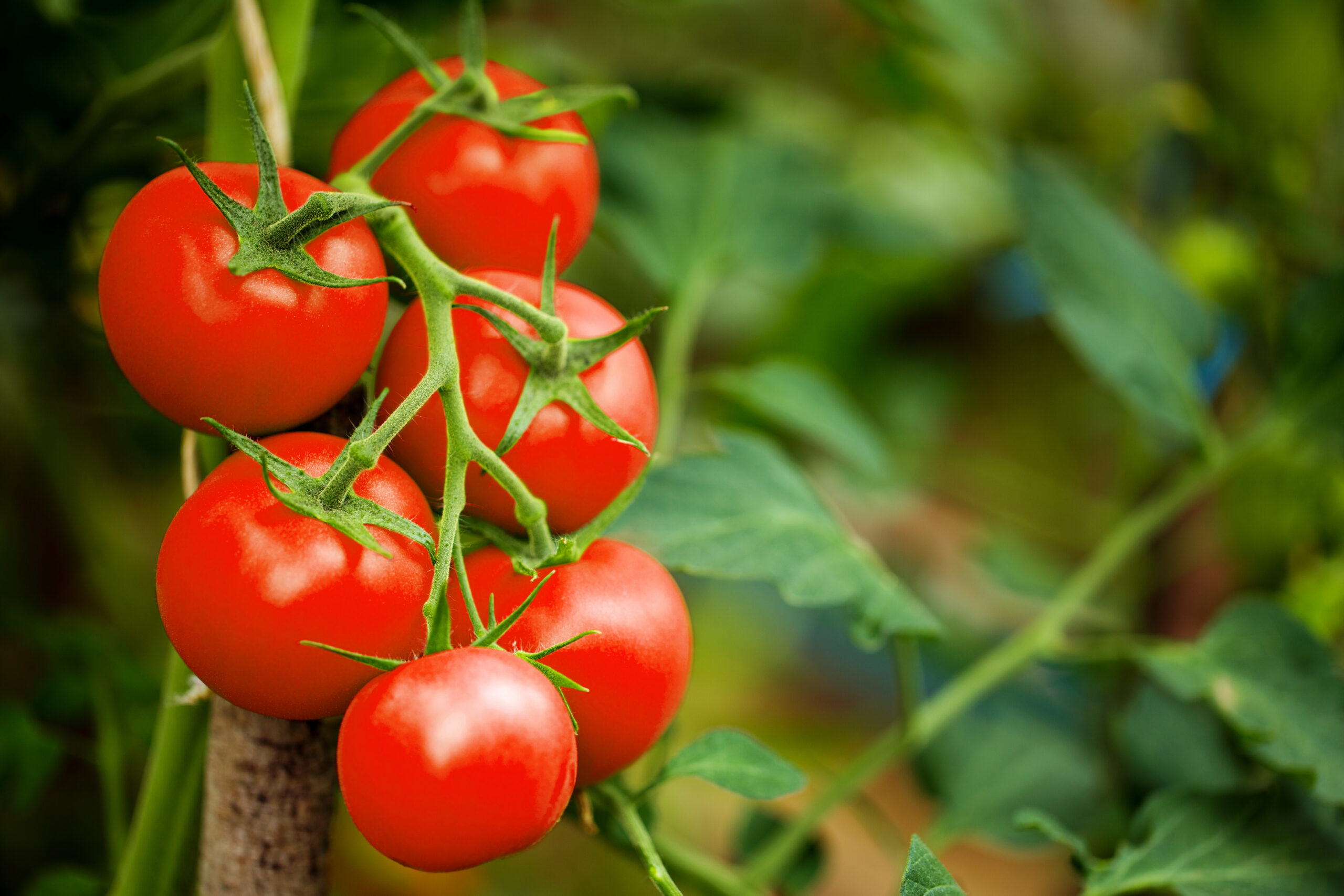
Q: Why should I use fertiliser on my fruits and vegetables? To help you get the most from your garden. Fertilisers supply your plants with

Meet our 2024 PlantGrow Champions PlantGrow Champions are a select group of Instagram growers who use PlantGrow in their gardens. Each one was individually chosen for
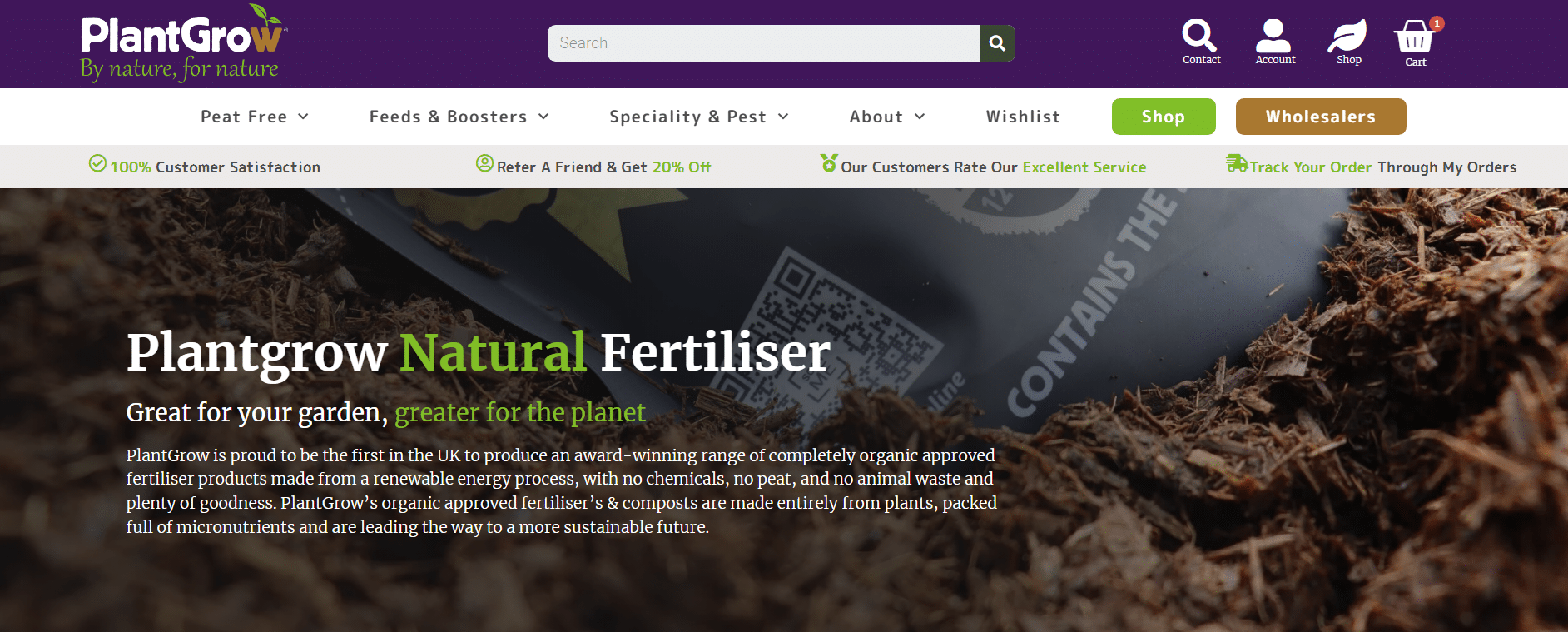
PlantGrow Launches All-New Website Back in 2016, nobody really knew about PlantGrow. Who’d have thought that in 2023 most gardeners in the UK would know
Find us: Cakes Hill Barn, Ellingham Road, Attleborough, Norfolk, NR17 1AE
| Cookie | Duration | Description |
|---|---|---|
| _savt | 3 years | This cookie is set by Square for payment processing. |
| cookielawinfo-checkbox-advertisement | 1 year | Set by the GDPR Cookie Consent plugin, this cookie is used to record the user consent for the cookies in the "Advertisement" category . |
| cookielawinfo-checkbox-analytics | 11 months | This cookie is set by GDPR Cookie Consent plugin. The cookie is used to store the user consent for the cookies in the category "Analytics". |
| cookielawinfo-checkbox-functional | 11 months | The cookie is set by GDPR cookie consent to record the user consent for the cookies in the category "Functional". |
| cookielawinfo-checkbox-necessary | 11 months | This cookie is set by GDPR Cookie Consent plugin. The cookies is used to store the user consent for the cookies in the category "Necessary". |
| cookielawinfo-checkbox-others | 11 months | This cookie is set by GDPR Cookie Consent plugin. The cookie is used to store the user consent for the cookies in the category "Other. |
| cookielawinfo-checkbox-performance | 11 months | This cookie is set by GDPR Cookie Consent plugin. The cookie is used to store the user consent for the cookies in the category "Performance". |
| CookieLawInfoConsent | 1 year | Records the default button state of the corresponding category & the status of CCPA. It works only in coordination with the primary cookie. |
| elementor | never | This cookie is used by the website's WordPress theme. It allows the website owner to implement or change the website's content in real-time. |
| viewed_cookie_policy | 11 months | The cookie is set by the GDPR Cookie Consent plugin and is used to store whether or not user has consented to the use of cookies. It does not store any personal data. |
| Cookie | Duration | Description |
|---|---|---|
| _GRECAPTCHA | Session | Spam prevention |
| _hjSession_* | 30 Minutes | A cookie that holds the current session data. This ensures that subsequent requests within the session window will be attributed to the same Hotjar session. |
| Woocommerce_cart_hash | 1 Day | To store items in cart |
| Woocommerce_items_in_cart | Session | Store items in cart. |
| Wordpress_logged_in_ | Session | WordPress |
| Wordpress_sec_* | 15 Days | To provide protection against hackers, store account details. |
| Wp_woocommerce_session_* | Session | Store performed actions. |
| Cookie | Duration | Description |
|---|---|---|
| _hjAbsoluteSessionInProgress | 30 Minutes | Hotjar sets this cookie to detect the first pageview session of a user. This is a True/False flag set by the cookie. |
| _hjAbsoluteSessionInProgress | 30 Minutes | Hotjar sets this cookie to detect the first pageview session of a user. This is a True/False flag set by the cookie. |
| _hjSessionUser_* | 1 Year | Hotjar cookie that is set when a user first lands on a page with the Hotjar script. It is used to persist the Hotjar User ID, unique to that site on the browser. This ensures that behavior in subsequent visits to the same site will be attributed to the same user ID |
| CONSENT | 2 years | YouTube sets this cookie via embedded youtube-videos and registers anonymous statistical data. |
| Cookie | Duration | Description |
|---|---|---|
| VISITOR_INFO1_LIVE | 5 months 27 days | A cookie set by YouTube to measure bandwidth that determines whether the user gets the new or old player interface. |
| YSC | session | YSC cookie is set by Youtube and is used to track the views of embedded videos on Youtube pages. |
| yt-remote-connected-devices | never | YouTube sets this cookie to store the video preferences of the user using embedded YouTube video. |
| yt-remote-device-id | never | YouTube sets this cookie to store the video preferences of the user using embedded YouTube video. |
| Cookie | Duration | Description |
|---|---|---|
| cookielawinfo-checkbox-tracking | 1 year | No description |
Parcel deliveries
We aim to deliver all parcels within 2-4 working days from dispatch, order before 12:00pm for same day dispatch.
Pallet deliveries
We aim to deliver all pallets within 2-5 working days from dispatch, order before 12:00pm for same day dispatch.
If you require further information regarding your delivery, please email daniel@plantgrow.co.uk
